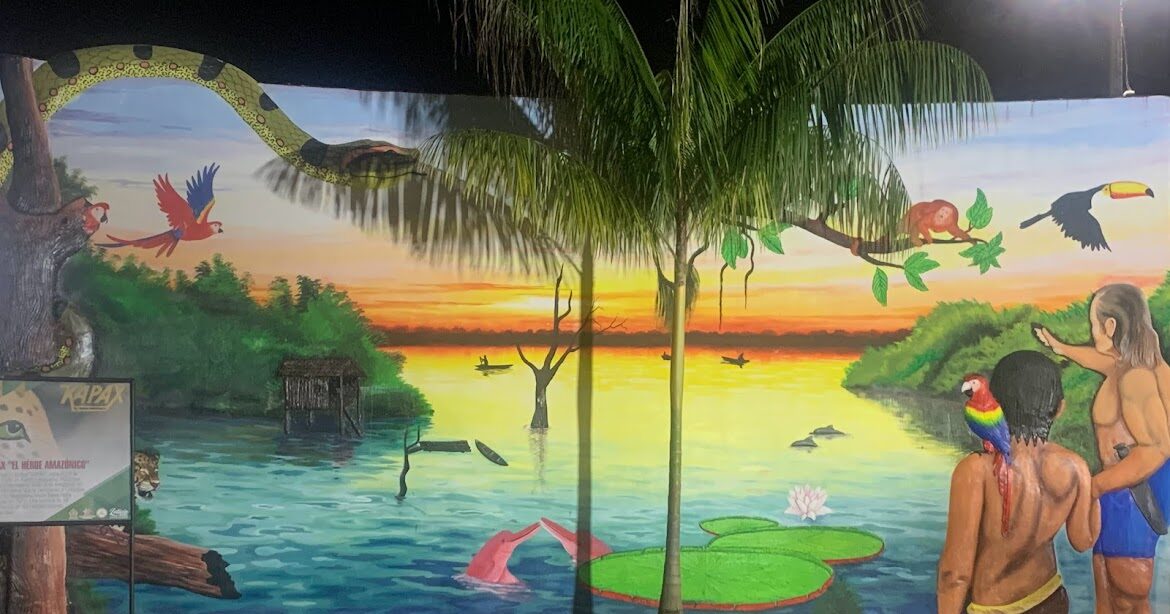Where is the amazon Jungle
The Amazon Jungle is the world’s largest tropical rainforest. It goes across nine countries in South America: Colombia, Venezuela, Guyana, Suriname, French Guiana, Brazil, Bolivia, Peru and Ecuador. In Colombia, the Amazon region is located in the southern part of the country. The main gateway to the Colombian Amazon is the city of Leticia, a vibrant town on the border with Brazil and Peru.
There are lots of biodiversity, culture and connection with the Mother Earth. Some of the things that I enjoyed the most about the Amazon Jungle are the warmth of the people, the respect towards the power of nature and the variety of animals and plants around us. It really reminded me that I am part of nature and I love the energy and disconnection from the every day life.
We had exciting adventures in our Night time Safari and stayed in a floating house over a lake full of Piranhas. Keep reading to find out more and have an amazing adventure in the heart of the Amazonas Jungle in Colombia!
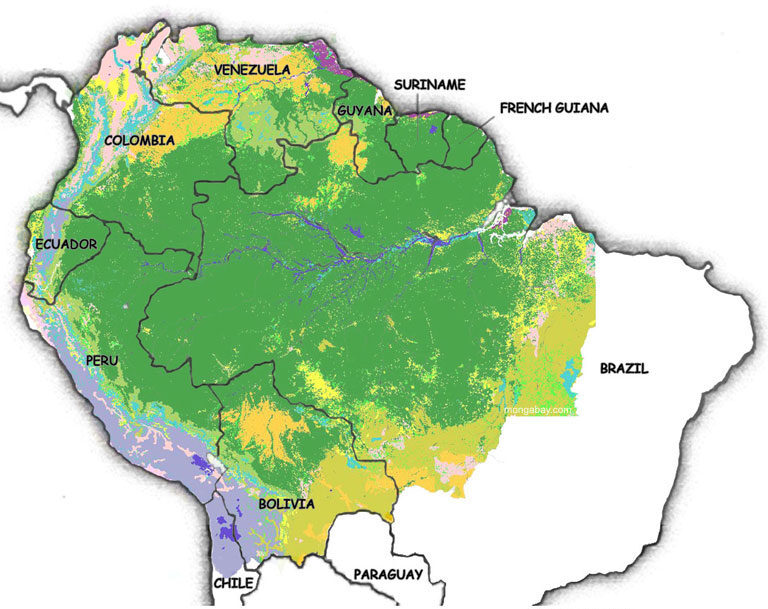
Image taken from https://worldrainforests.com/amazon/amazon_map.html
How to get to the Amazon Jungle in Colombia
The most common way to reach the Amazon Jungle in Colombia is by air. Since there are no roads connecting the rest of the country to Leticia, flying is the only practical option.
Flights: Direct flights of about two hours leave from Bogotá (El Dorado Interantional Airport) to Leticia (Alfredo Vásquez Cobo International Airport). The price of the flights are maximum of $210aud.
Boat from Peru: If you’re traveling from Peru, you can take a boat from Iquitos along the Amazon River to Leticia.
Border crossing from Brazil: The Brazilian town of Tabatinga is next to Leticia, making it an easy border crossing for travelers coming from Brazil.
What to pack before going to the Amazon Jungle?
Packing for the Amazon requires preparation. The environment in the jungle can be a bit extreme because of how remote it is. there are different challenges like the temperature, humidity, mosquitoes, thick jungle and rain.
These are the essentials that you definitely need to take with you if you want to have a great experience in the jungle
Clothing
- Lightweight, long-sleeved clothing. The jungle can be hot, however the main risk is the mosquito bites. It is important that you have long sleeve tops and and bottoms. I recommend you to wear a lightweight long sleeve top and raincoat and thick long trousers whenever possible. The mosquitoes are quite big and they can bite you through your clothing.
- Net hats, sunglasses: they protect your face from the sun and the mosquitoes
- Hiking shoes or waterproof boots. Usually when you explore the jungle you will use long plastic boots, they will protect you from the humidity and most importantly will reduce the chance of snake bites reaching your skin.
- Rain jacket or poncho, to protect from rain specially during the season
Essential devices and health
- Insect repellent, you can use sprays or lotions. We recommend you to find a botanical natural repellent like rosemary or citronella oils.
- Sunscreen to protect from the sun, however, we used our natural zinc and coconut oil sunscreen.
- Binoculars, essential to spot wildlife.
- Headtorch, especially if you take a night safari. The electricity is limited in some places so you will need a headtorch during the night.
- Reusable water bottle, you can use a water bottle with filter in it or get a life straw.
- Waterproof bag, is great to protect documents and clothing from getting wet. The bag needs to be comfortable, Do not take a heavy bag, carry only the essentials with you.
- Basic first aid kit, snake bite kits, essential medication you can get anti-malaria tablets if necessary
Is it safe to go to the amazon Jungle in Colombia?
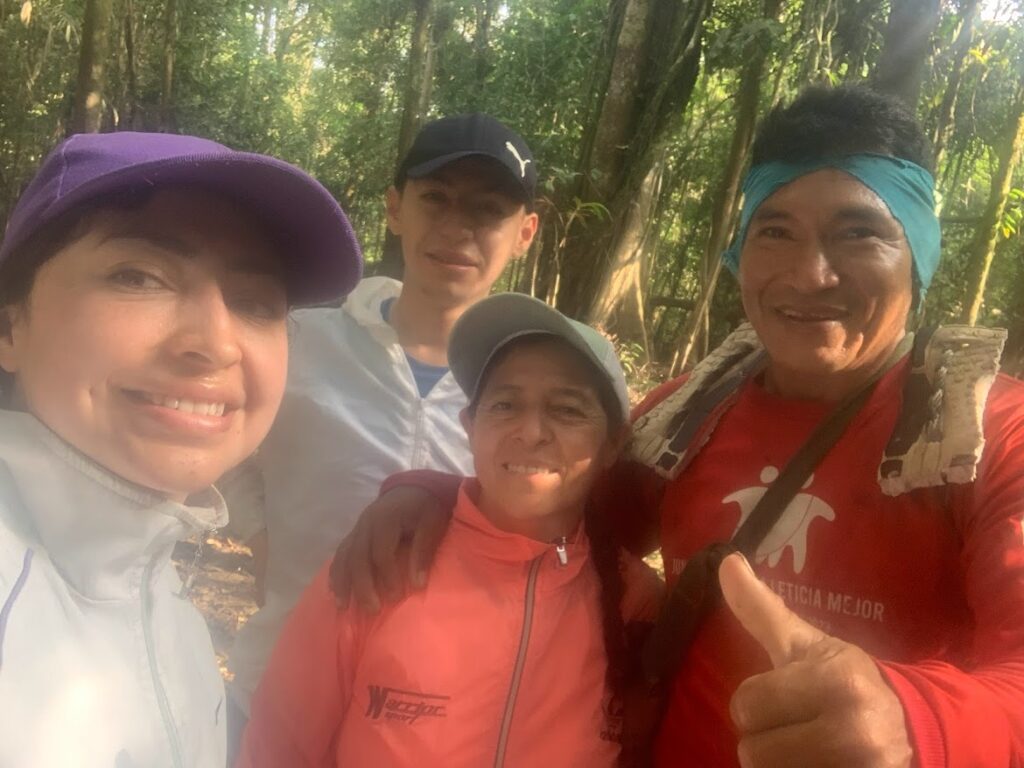
Yes, visiting the Amazon Jungle in Colombia is generally safe if you take the necessary precautions and travel with a reputable guide. There are many eco-lodges and guides that can provide you with a tour and keep you safe throughout your journey.
However, be mindful of the following:
- Wildlife: Avoid touching or eating unknown plants or animals. Some of the rare spices in the Amazon can be poisons or venomous when they come to contact with humans. They can be a great danger for the human health if you touch or eat them without the knowledge. Always follow the advice of the guides and avoid touching as much as you can.
- Health precautions: at the moment there are different vaccinations that are recommended for travellers. However, we recommend you to check if there is any medical condition to consider prior, being hydrated and had healthy clean food, as well as physical training are advantageous.
- Travel insurance: Always have travel insurance covering medical emergencies.
- Guided tours: Hire a well recognized tour guide, check that they have all permissions and also the review of other travellers. Always use the vest when you are travelling by boat, drink purified water from a bottle, never from the sink.
What’s the food like in the Amazon jungle?
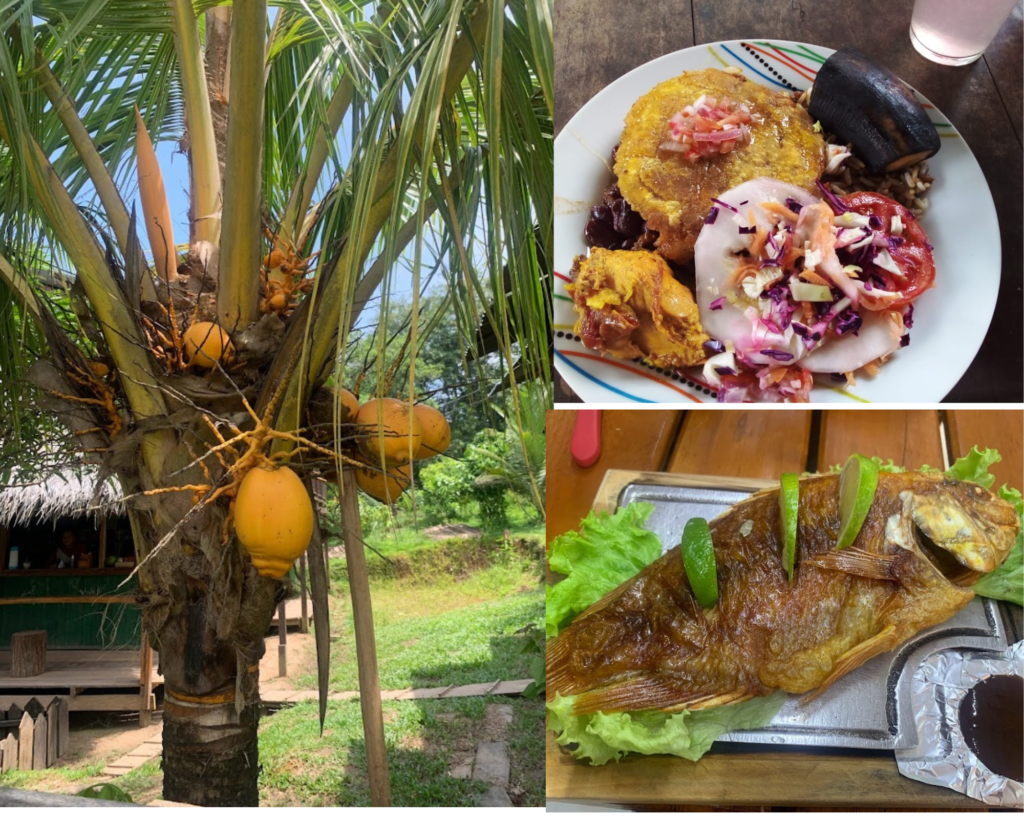
Many indigenous communities rely on native fruits and vegetables, as well as daily hunting and fishing to sustain themselves. The region is home to a wide variety of exotic berries and fruits, such as Acai, Araza, Guanabana, Camu Camu, Guarana, and Dragon fruit, among others. They also consume plenty of plantains, rice, and vegetables like zucchini and tomatoes. Fish and chicken form the main protein sources, though some tribes may also hunt monkeys, worms, or other animals they can find. As a tourist, you’ll likely have the chance to taste some of these fruits, vegetables, and exquisite fish dishes.
Options of eco-places to visit
The Amazon offers stunning eco-destinations where you can experience nature, wildlife, and indigenous culture responsibly. Some top places to visit include:
1. Monkey Island (Isla de los Micos)
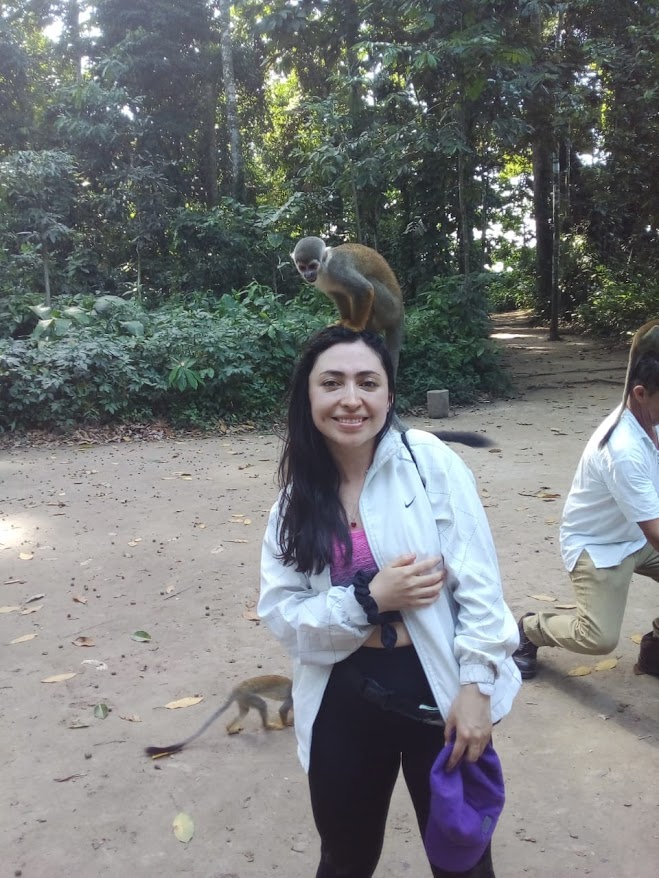
It is a small island located about 45 minutes by boat from Leticia. This island is home to hundreds of playful monkeys, happy to receive visitors. Travellers can interact with the monkeys in a responsible under the supervision of the guides and the local community that live there. Locals will explain certain kinds of behaviors to watch for and teach more a bout how to preserve the species. We had the luck to go after the breeding season so we got to see lots of baby Monkeys, however, this is also a critical season to look at because the new mums are usually overprotective and can become a bit aggressive if they feel threaten.
2. Puerto Nariño
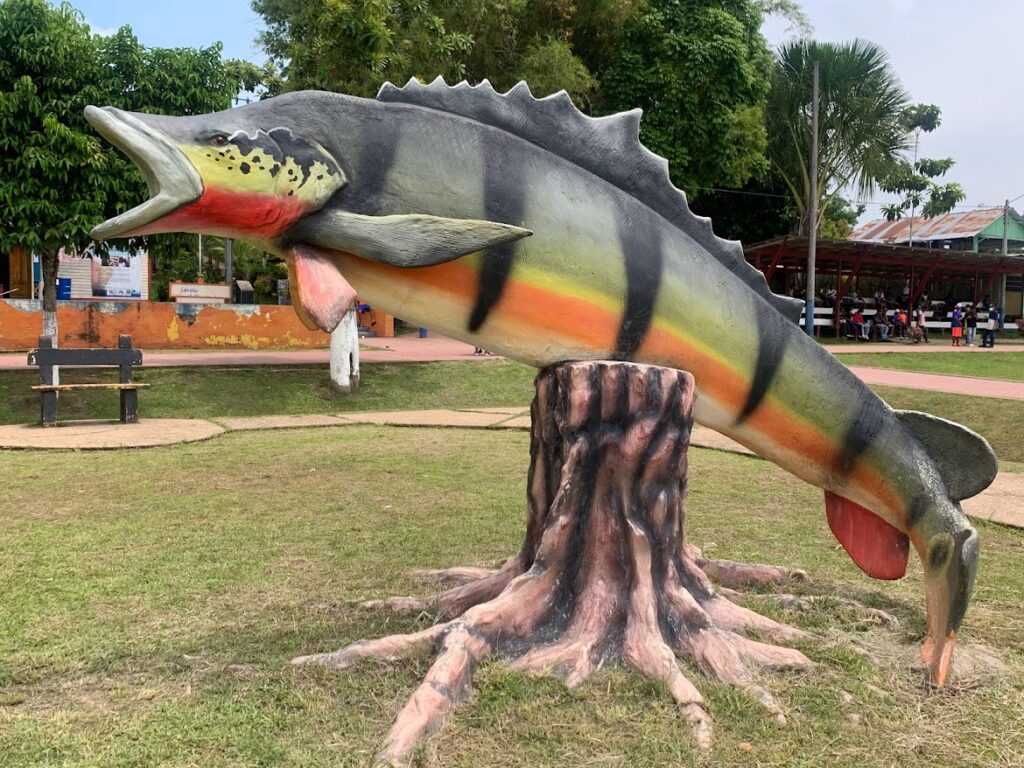
This is a picturesque, eco-friendly village about 87 km from Leticia. This car-free town is known for its strong commitment to environmental conservation. the only vehicles in the place are the rubbish truck and the ambulance. Here, you can explore by foot, visit local Indigenous communities, and take boat tours on the Tarapoto Lake. There is an amazing lookout where you can see the whole town and go to a nice ice cream shop where you can taste exotic fruit desserts.
3. Piranha Lake
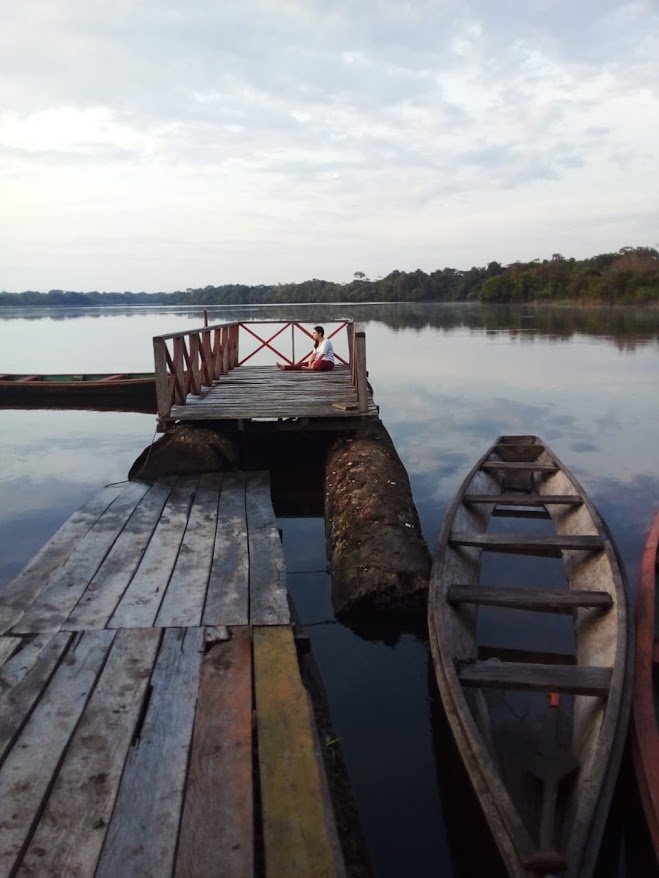
Visiting The Piranha Lake is far the most amazing experience during our travels in the Amazon Jungle. We contacted Gamboa tours to do a two day tour in the jungle. These agency takes limited visitors to a floating house in a Piranha Lake. First, you will depart on a boat from the port in Leticia, they will take you to a spots where a community member will pick you up and take you for a 2 to 3 hour walk deep in the jungle. You will have to carry your own bag and a gallon of water yourself through the whole journey. You will get to a lake and jump on a small boat that will take you to the floating house.
The house is a floating house is made by the local Indigenous, the people in the amazon Jungle have adapted to survive the raining season when everything gets flooded. To prevent that, they have created a system of floating houses.
You will get to the place, there is not reception or electricity there, just the sounds of nature and the light of the moon. The food the local fish and local vegetable, some water and tea. You will be taken to a Caiman Safari where the guide will do the best of their ability to find a caiman in the lake. We saw lots of wildlife like monkeys, Guacamayos, Parrots, other birds, otters and fish.
4. Night safari in the Amazon Jungle
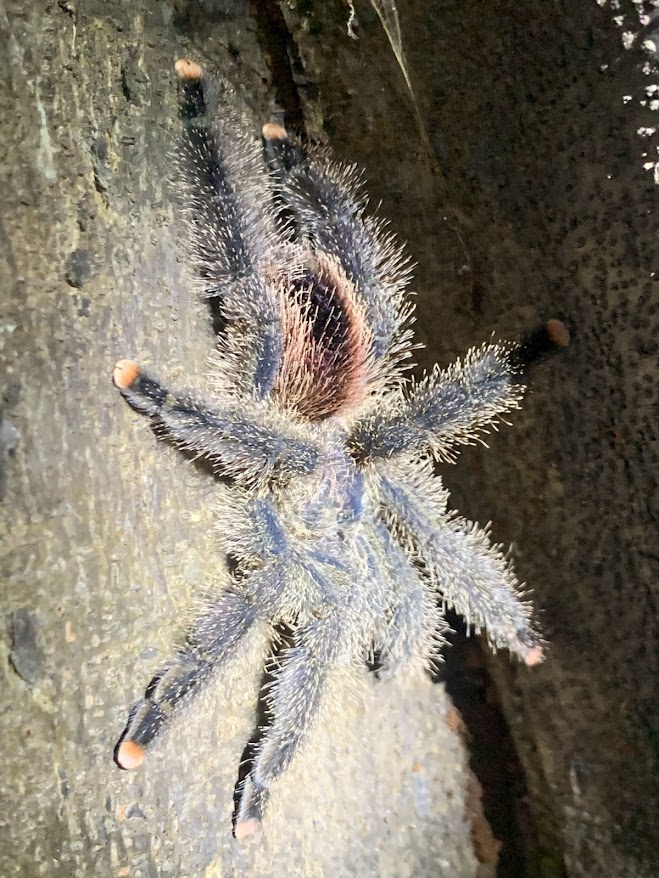
You will watch the sunset and then go to a Night Safari if you like. You will be taken by an experienced guide through a track in the jungle. There are certain rules to consider to maintain the safety of the group since some animals hunt at night in the Amazon, especially the Jaguar. If you trust nature and can relax you will then experience the power of the sounds of nature and disconnect completely from the outside life. You will be able to see the most amazing night skies pollution-free and enjoy the sounds of the cicadas and the trees.
We spotted tarantulas, black scorpions, some frogs, wood peckers and warms on the floor.
When you come back from the night walk, you will have dinner with the team and they will tell you stories about the jungle.
Indigenas in the Amazon Jungle
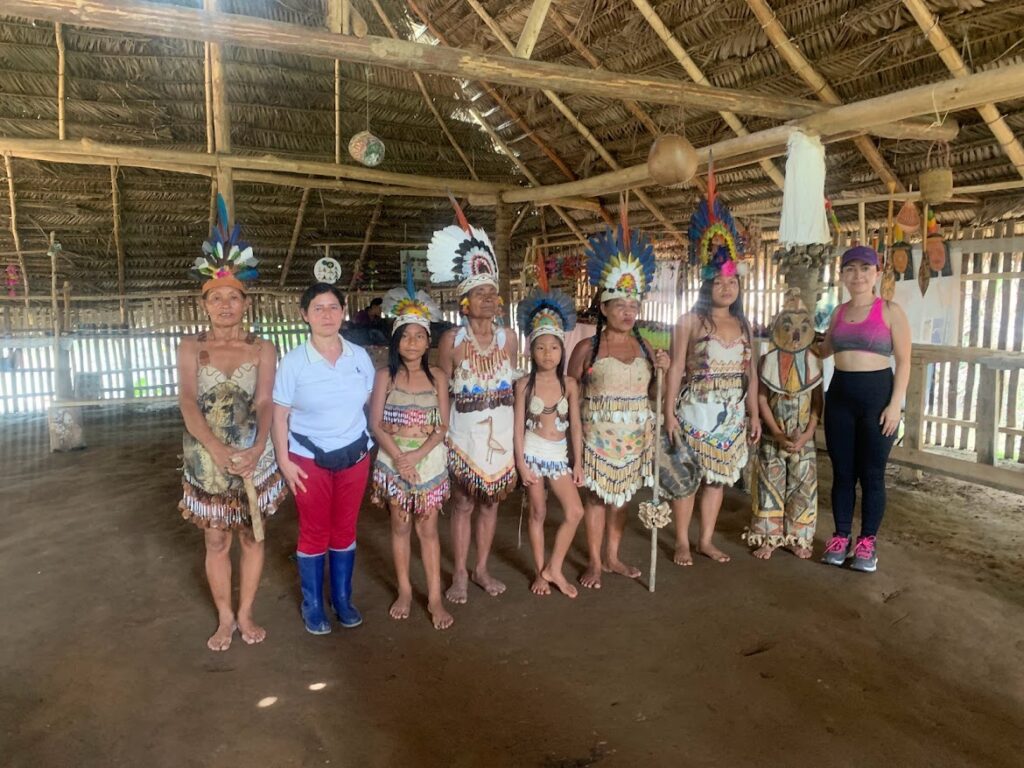
Several Aborigines tribes inhabit the Amazon, such as the Tikuna, Yagua, and Huitoto people. Visiting these communities offers insight into their traditional way of life, customs, and sustainable practices. Many tours include a visit to an indigenous village where you can learn about their crafts, music, and spiritual beliefs. You can have the experience to dance with the tribe and get to learn about their culture, such marriage, importance of the male and female energies and what they use to eat and wear.
Preserving their traditions is important for these communities. We were told that there are different clans in the tribes, some of them take fly animals like the Parrots, the Toucans or the Cockatoo as a spiritual animal, whereas the other clans will choose terrestrial animals like the Jaguar, the Snake or the Armadillo. The idea is that to make the clans stronger and making connections between them, the couples should be from two different clans, so that they can increase the family and join forces in case of a threat.
Final thoughts
The Amazon Jungle spam different countries in South America. It is still pretty much undiscovered and remote in different places. There isn’t roads to get there directly to Leticia from Colombia. You can visit by flight or boat. It is important that you have the right gear during your trip to protect you from any mosquito bites and water. Do not touch anything whilst in the jungle, there are lots of plants and animals that can cause damage to the human body. You can visit numerous places in the Jungle, specially the lakes, visiting Indigenous Communities and going for a Safari.
I hope you enjoy your adventure in the Amazon jungle and all this information was useful to you!
Please keep reading for more adventures and tips, Happy travels !!!

